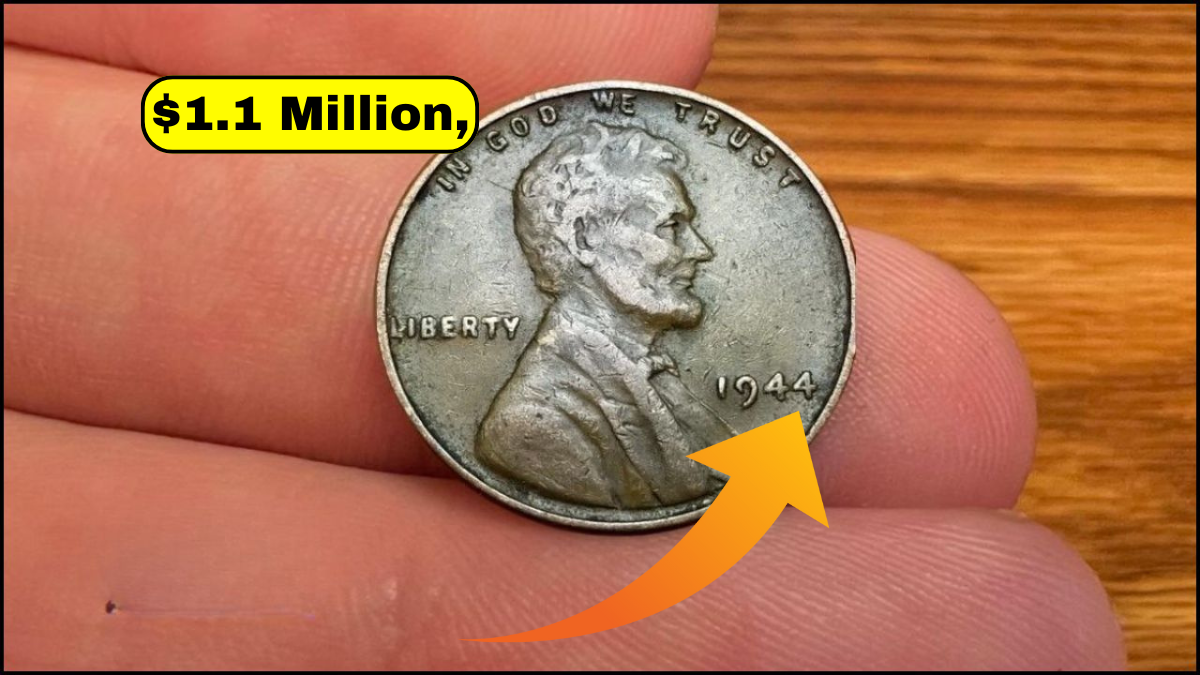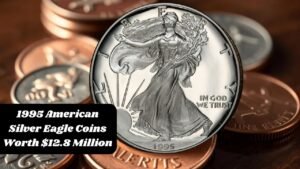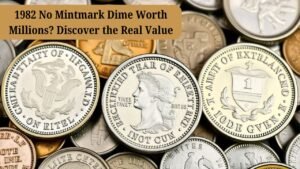Some coins are just loose change. Others, Lincoln however, carry a story so unique and so rare that they become treasures. One such coin is the 1944 steel penny—an unexpected error during a time of war that today has become one of the most valuable and mysterious coins in American history. While it may look like an ordinary penny at first glance, this rare coin has sold for hundreds of thousands of dollars, and in pristine condition, even more than a million.
But what makes this penny so special? And why are coin collectors across the world still searching for it more than 80 years after it was accidentally made? Let’s dive into the remarkable history of the 1944 steel penny and discover why it’s one of the most sought-after coins ever minted in the United States.
What Exactly Is the 1944 Steel Penny?
To truly understand the value of this coin, we have to go back to the early 1940s. During World War II, the U.S. government needed copper for military purposes—especially to make ammunition, shell casings, and other war supplies. Since pennies were mostly made of copper, the U.S. Mint decided in 1943 to change their composition temporarily.
Instead of using copper, the Mint produced pennies from steel coated with zinc. These coins looked quite different—they were silver-colored and much lighter than traditional copper coins. These 1943 steel cents were produced in large numbers and are still relatively easy to find today.
But by 1944, as the war demands changed, copper was made available again, and the Mint returned to producing pennies using recycled ammunition shells and traditional copper alloy. That should have marked the end of the steel penny.
However, something unexpected happened.
The Rare Mistake That Created a Collector’s Dream
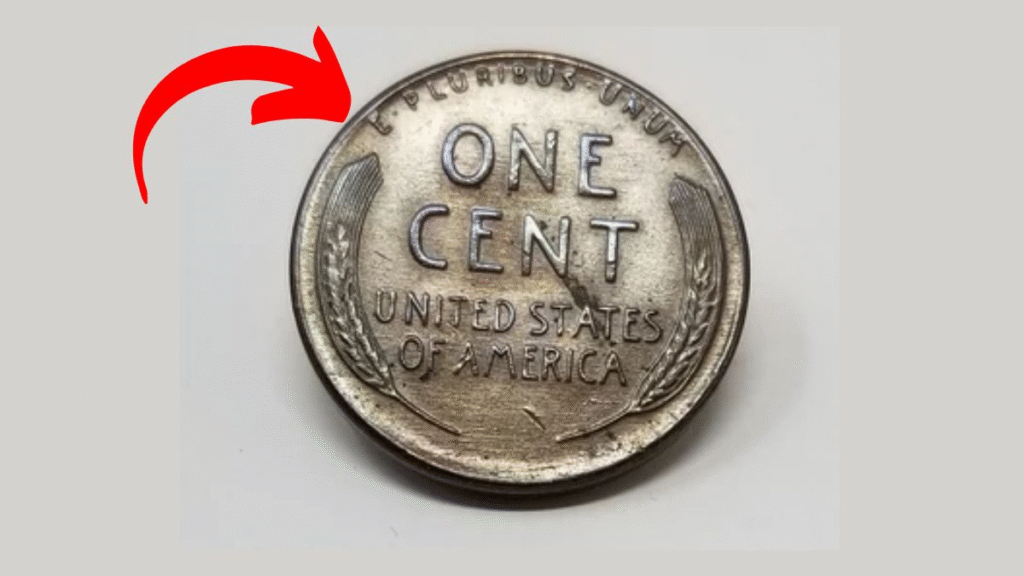
Some leftover steel planchets—the blank metal discs used to make coins—were accidentally left inside the coin presses at the San Francisco Mint. These steel blanks were supposed to have been used up in 1943, but a small number remained.
Instead of halting production, the presses struck these leftover steel blanks with 1944 dies (the metal stamps that mark the date and design on a coin). As a result, a very small number of 1944 steel pennies were created.
These weren’t supposed to exist. And that’s exactly why they’re so valuable today.
According to experts and collectors, only two examples of the 1944 steel penny from the San Francisco Mint (designated by the “S” mintmark) have ever been found. There are also a few known examples from the Philadelphia and Denver mints. But across all three mints, the total known number is incredibly low—perhaps fewer than 20.
Why Are These Coins So Valuable?
In the world of coin collecting, rarity is everything. The fewer examples of a coin that exist, the more valuable it becomes—especially if it’s tied to a historic event or a minting error.
The 1944 steel penny checks all those boxes:
- It was never meant to be made – It’s a classic mint error.
- It’s incredibly rare – Only a few are confirmed to exist.
- It’s tied to World War II, one of the most significant events in modern history.
- It looks different – A 1944 penny should be copper-colored, but this one is silver steel.
Collectors and historians value coins not just for their metal content but for the story they tell. And this tiny penny tells a powerful story about war, production, error, and value.
How Much Is a 1944 Steel Penny Worth Today?
Now comes the exciting part—what is this little piece of metal actually worth?
If you were to find a 1944 steel penny in circulated condition (meaning it was used and shows signs of wear), you could expect it to fetch somewhere between $408,000 to $409,000 USD at auction. That’s already a life-changing amount of money.
However, if you happen to discover one in uncirculated or mint condition—a coin that has never been used, shows no wear, and still has its original shine—the value can soar past $1.1 million USD. That’s more than enough to buy a luxury home, pay off all your debts, or fund a business venture.
Could You Have One? Here’s How to Check
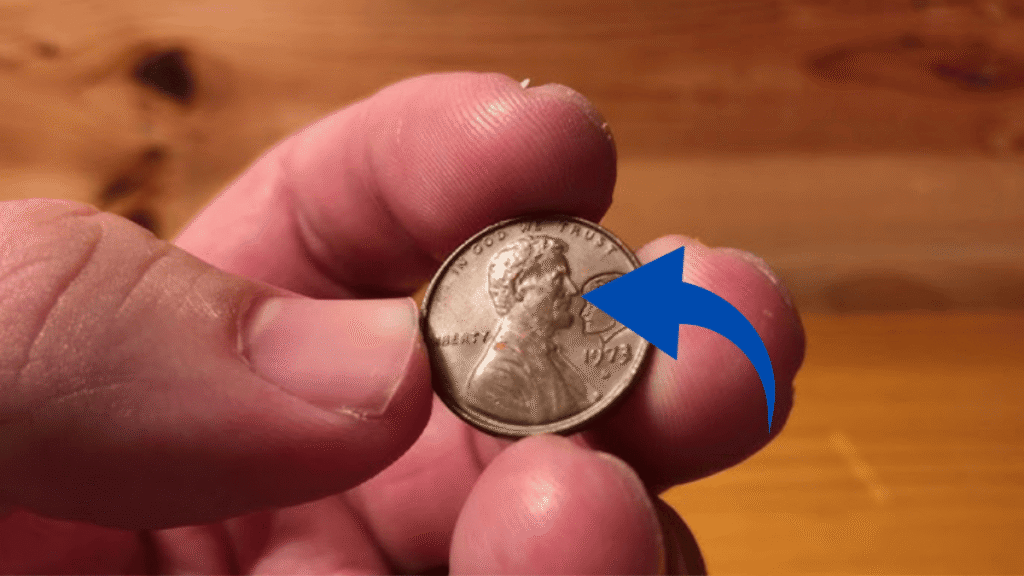
It’s a long shot, but many people don’t even know what’s in their old coin jars or inherited collections. So, how do you know if you’ve stumbled upon a 1944 steel penny?
- Check the Date – First, make sure the penny says “1944.”
- Test with a Magnet – Regular 1944 pennies are made of copper and will not stick to a magnet. But a steel penny will stick due to its iron content.
- Inspect the Color – Steel pennies have a silver-gray color, unlike copper pennies which are reddish-brown or shiny bronze.
- Look for the Mintmark – If you spot a small “S” or “D” below the year, that tells you it came from San Francisco or Denver.
But here’s the catch: not every magnetic 1944 penny is genuine. Some have been altered or plated to trick collectors. If you believe you might have found one, don’t jump to conclusions.
Instead, send the coin to a professional coin grading service, such as PCGS or NGC. They can verify whether it’s a real 1944 steel penny or not.
Why Collectors Are So Obsessed with Rare Coins Like This
For serious coin collectors, the 1944 steel penny is a dream find. It’s not just about the money—it’s about owning a piece of American history. The coin represents a moment when the nation was at war, adapting and evolving its processes to support the military. The accidental production of steel coins during that time is a reminder that even in the most structured systems, human errors can create something remarkable.
Collectors often spend years, sometimes decades, searching for coins like these. Auctions that feature them attract intense bidding, and major finds make headlines.
Final Thoughts:
It’s amazing to think that a tiny one-cent coin could be worth more than a luxury car or an entire home. But that’s exactly what makes the 1944 steel penny so intriguing. It’s not just money—it’s mystery, history, and rarity wrapped into one little artifact.
If you ever come across a 1944 penny that looks a little different, don’t ignore it. Take a closer look. That little coin in your drawer or family collection just might be a fortune waiting to be discovered.
And remember, in the world of coins, the biggest surprises often come from the smallest objects.
FAQs
Q1. What is the Lincoln Wheat Penny?
A: The Lincoln Wheat Penny, also known as the Wheat Cent, was minted in the United States from 1909 to 1958. It features Abraham Lincoln on the front and two wheat stalks on the back.
Q2. Why is one Lincoln Wheat Penny worth $1.1 million?
A: Certain rare varieties of the Lincoln Wheat Penny — especially with minting errors, unique compositions, or low mintages — are highly valuable to collectors. One such penny is believed to be worth $1.1 million due to its extreme rarity and pristine condition.
Q3. What year is the $1.1 million penny from?
A: The most famous high-value Lincoln Wheat Penny is the 1943 Bronze Cent, mistakenly struck in bronze instead of steel. Only a few of these exist, making them extremely rare and valuable.
Q4. How much are regular Lincoln Wheat Pennies worth?
A: Common Wheat Pennies are usually worth 3 to 10 cents, but some rarer ones can fetch hundreds to thousands of dollars, depending on the year, mint mark, and condition.
Q5. Should I get my penny professionally graded?
A: Yes, if you suspect your coin may be rare or valuable, it’s best to get it professionally graded by services like PCGS or NGC. Grading affects its authenticity and market value.
